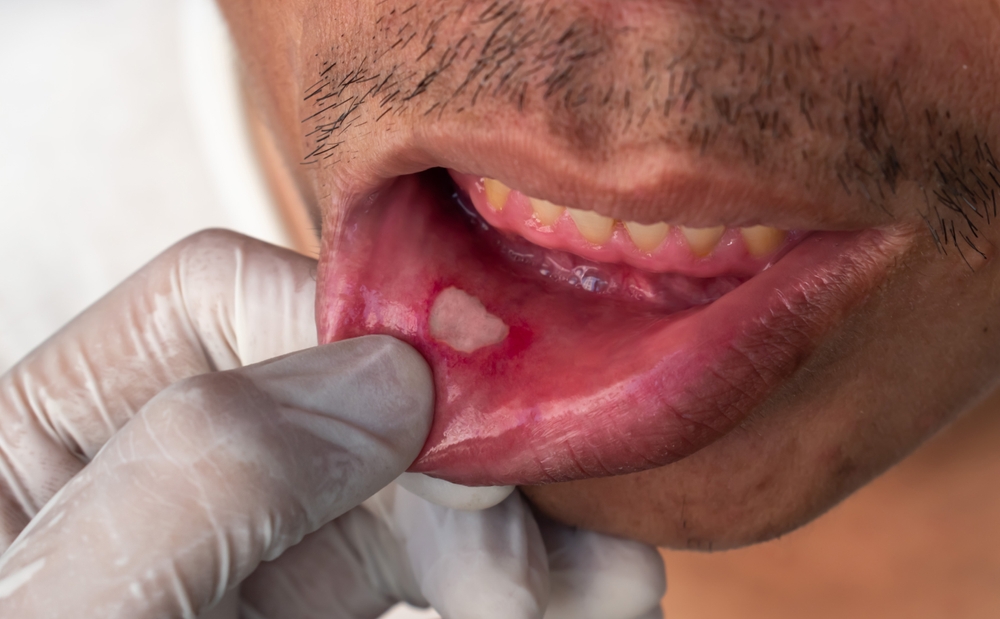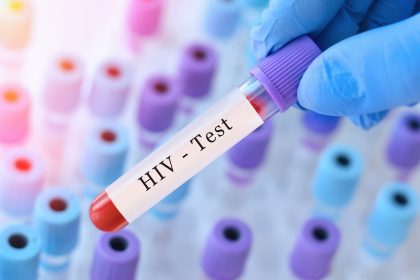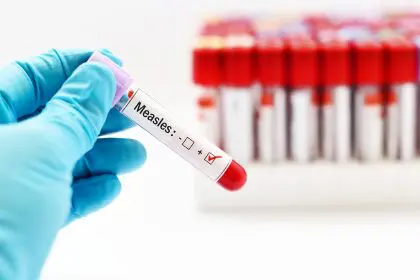In recent years, medical professionals have noted a significant increase in oral cancer cases linked to the Human papillomavirus (HPV). The American Cancer Society reports alarming figures regarding oral cancer diagnoses. In 2010, medical professionals identified more than 12,000 cases of oral cancer affecting the throat, base of tongue, or tonsils. Research indicates that HPV played a causative role in approximately 75 percent of these cases, marking a substantial shift in how medical experts approach oral cancer prevention and treatment.
The broader impact of HPV
The virus’s impact extends beyond oral health concerns. Medical research has established clear links between HPV and various forms of cancer affecting different body parts. The virus can lead to cancerous growths in the vagina, vulva, and anus, while also being responsible for penile cancer cases. Additionally, HPV often manifests as noncancerous genital warts, which, while not life-threatening, can cause significant distress and require medical intervention.
Prevention through vaccination
Medical science offers preventive measures through vaccines such as Gardasil and Cervarix. These vaccines provide protection against various types of HPV-related cancers. However, timing is crucial – the vaccines must be administered before an individual becomes sexually active. Once exposure to HPV occurs, the preventive benefits of these vaccines diminish significantly.
Detection challenges
While medical professionals can detect HPV through regular pap smear examinations, the medical community faces a significant challenge: there currently exists no standardized screening method for oral HPV infections. This gap in diagnostic capabilities underscores the importance of prevention and awareness of potential symptoms.
Natural immunity and viral clearance
Medical research has shown that some individuals’ immune systems can successfully clear certain HPV infections without intervention. However, this natural resolution doesn’t occur in all cases, and medical professionals stress that relying on natural clearance alone is not a recommended strategy.
Treatment approaches
When oral cancer develops due to HPV infection, medical professionals have several treatment options at their disposal. Traditional approaches include surgery, radiation therapy, and chemotherapy. Recent medical advances have led to new treatment protocols that minimize surgical side effects, offering patients more comfortable recovery experiences.
Recognizing warning signs
Medical experts emphasize the importance of recognizing potential symptoms of HPV-related oral cancer. These warning signs include persistent hoarseness, chronic sore throat, difficulty swallowing, the presence of neck lumps, and mouth sores that don’t heal within normal timeframes. Healthcare providers stress that early detection often leads to more successful treatment outcomes.
Risk reduction strategies
Medical professionals recommend several approaches to reduce HPV transmission risk. These strategies include: Using protective barriers such as condoms and dental dams during intimate contact, maintaining open communication with partners about sexual health history, participating in regular medical screenings, and limiting exposure to known risk factors such as tobacco and excessive alcohol consumption.
The role of medical screening
Healthcare providers emphasize regular medical check-ups as a crucial component of early detection and prevention. While specific oral HPV testing may not be available, regular dental examinations can help identify suspicious changes in oral tissues early on.
Future developments
The medical community continues to research new detection methods and treatment options for HPV-related oral cancers. Ongoing studies focus on improving screening techniques and developing more targeted therapeutic approaches.
Note: This article provides general health information and should not replace professional medical advice. Always consult healthcare providers for personal medical decisions.

















